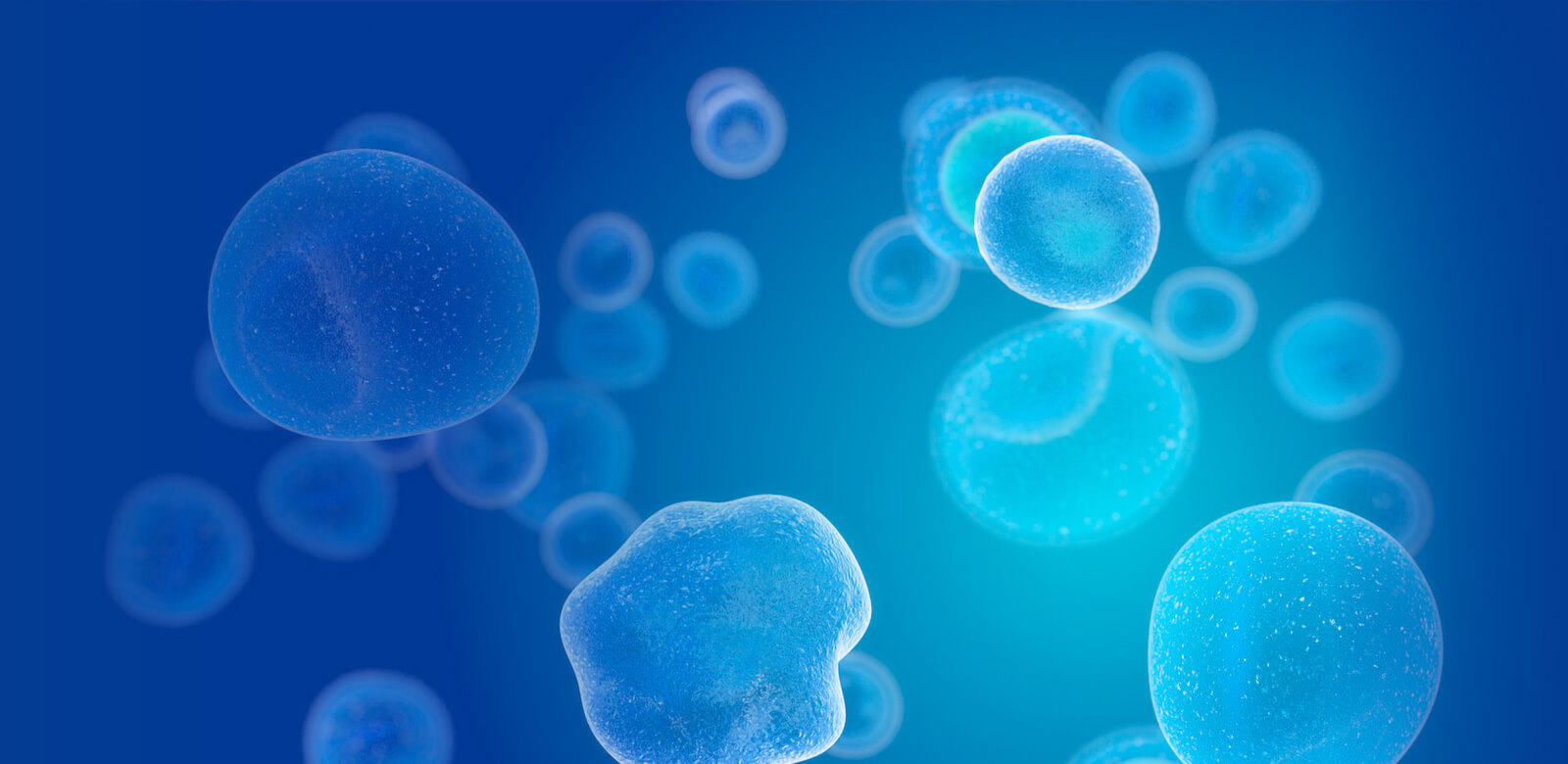By R.J. Mignosa, DO
We can predict the future based on one simple overriding principle: The past predicts the future.
Those who have suffered from a stroke are the most at risk for a stroke. The same is true for a heart attack, depression, and the spectrum of disease.
So, what do we do with this information? Unfortunately, for the most part, we do nothing. This is not because we’re lazy; often, we simply don’t know what can be done and we’re not alone.
After serving for the North, as a Civil War surgeon and minister, A.T. Still supported his family by working as a physician, but his experience made him question the traditional practice of medicine. In 1864 he lost two of his children to meningitis and one to pneumonia within a month. He thought there must be a better way to help people heal; a way that avoided the toxicity of arsenic, mercury, opium, and the violent medical practices of vomiting and blistering.
Seeing the traditional medical practices as ineffective and harmful he studied scientific practices that would support the natural ability of the body to heal and went on to coin the term Osteopathy. It is he who is credited for pioneering the study of balancing the musculoskeletal system to enhance healing.
For his efforts, Dr. Still was persecuted. He was excommunicated from the Methodist Church, accused of heresy for manual medicine, and believed to be an agent of Satan trying to emulate Jesus. After that, a university in Kansas, which Dr. Still’s family had helped establish, refused to allow him to share his ideas. Lastly, His family abandoned him for destroying his livelihood in the pursuit of his ideology.
Banished, and forced to move to Missouri, he taught osteopathy to anyone who would listen. In time he gained a prestigious reputation as a physician who treated a full spectrum of health conditions. Word of his natural, non-toxic, and effective medicine grew in popularity and Dr. Still’s practice grew rapidly. He began to train his children and others to accommodate the demand.
In 1885, after 20 years of study and practice, when Dr. Still was nearly 60 years old, osteopathic medicine was officially recognized. He went on to publish four books and established the American School of Osteopathy in 1892.
Over a century has passed, but the philosophy and practice of Dr. Still remain. He taught physicians to serve with humility and to evaluate the interconnected nature of the body, not just the parts. He understood the importance of showing reverence for the inborn healing mechanisms, and of understanding how we as physicians assist and optimize the innate wisdom of life.
So where are we going in medicine? What is my prediction for the future? What would Dr. Still be doing if he were alive today?
First, I’ll tell you where we’re not going. We’re not manipulating physiology. We’re not looking at the parts while ignoring the whole. Most importantly, we’re not focusing on the diagnosis … we’re focusing on the imbalances that contribute to the diagnosis … we’re looking downstream.
We’re listening to understand; seeking to find; and treating to improve the innate mechanisms that support ideal movement and function.
If Dr. Still were alive today he wouldn’t use empty words and narrative to dishonor the complex process of healing. He would honor the analogy that compares medicine to gardening; a place where the physician nurtures healing by addressing the health of the soil; the foundations of life; supplementing deficiency, eliminating toxicity, enhancing vitality, healing trauma, optimizing biomechanics, educating ignorance, and restoring faith. He would honor one of the greatest virtues, that which is most necessary to learn, to grow, and to heal: he would honor Patience. In terms of diagnosis and treatment, he would embrace what we know today as Integrative, Functional, and Regenerative Medicine. Each of these terms demands its own article as each of these terms has been abused by their users, but when correctly used, all of them share the same goal: To Restore Health.





